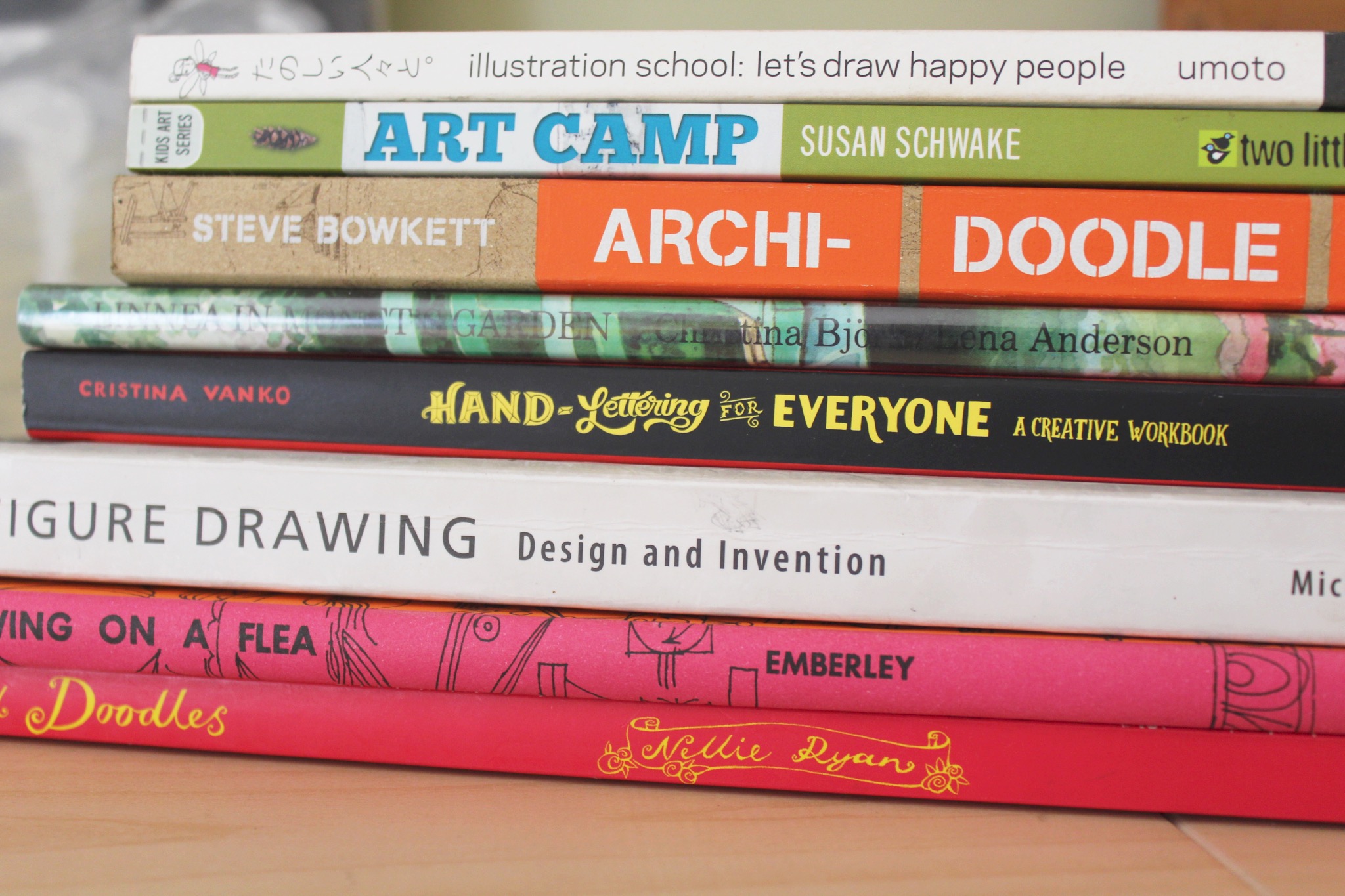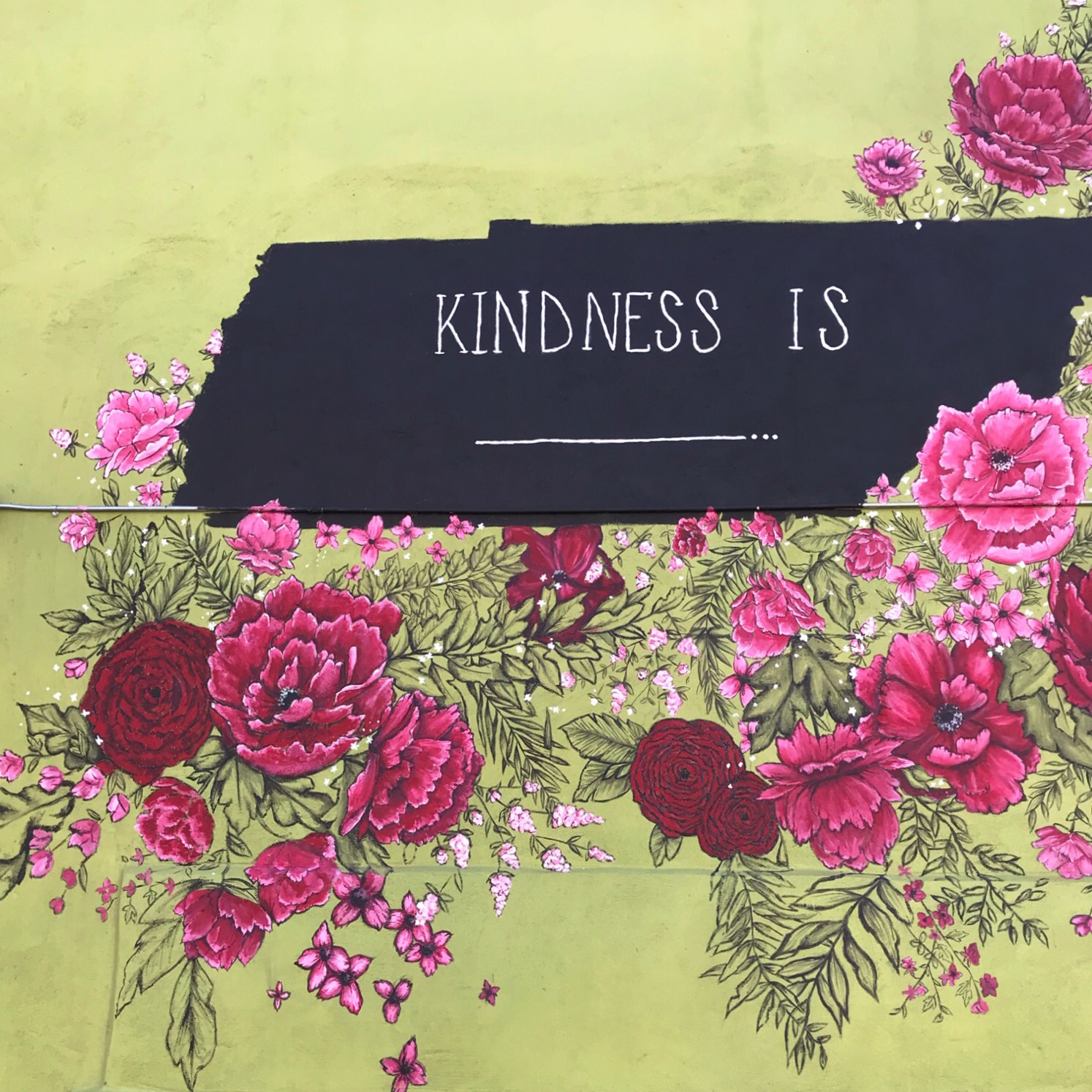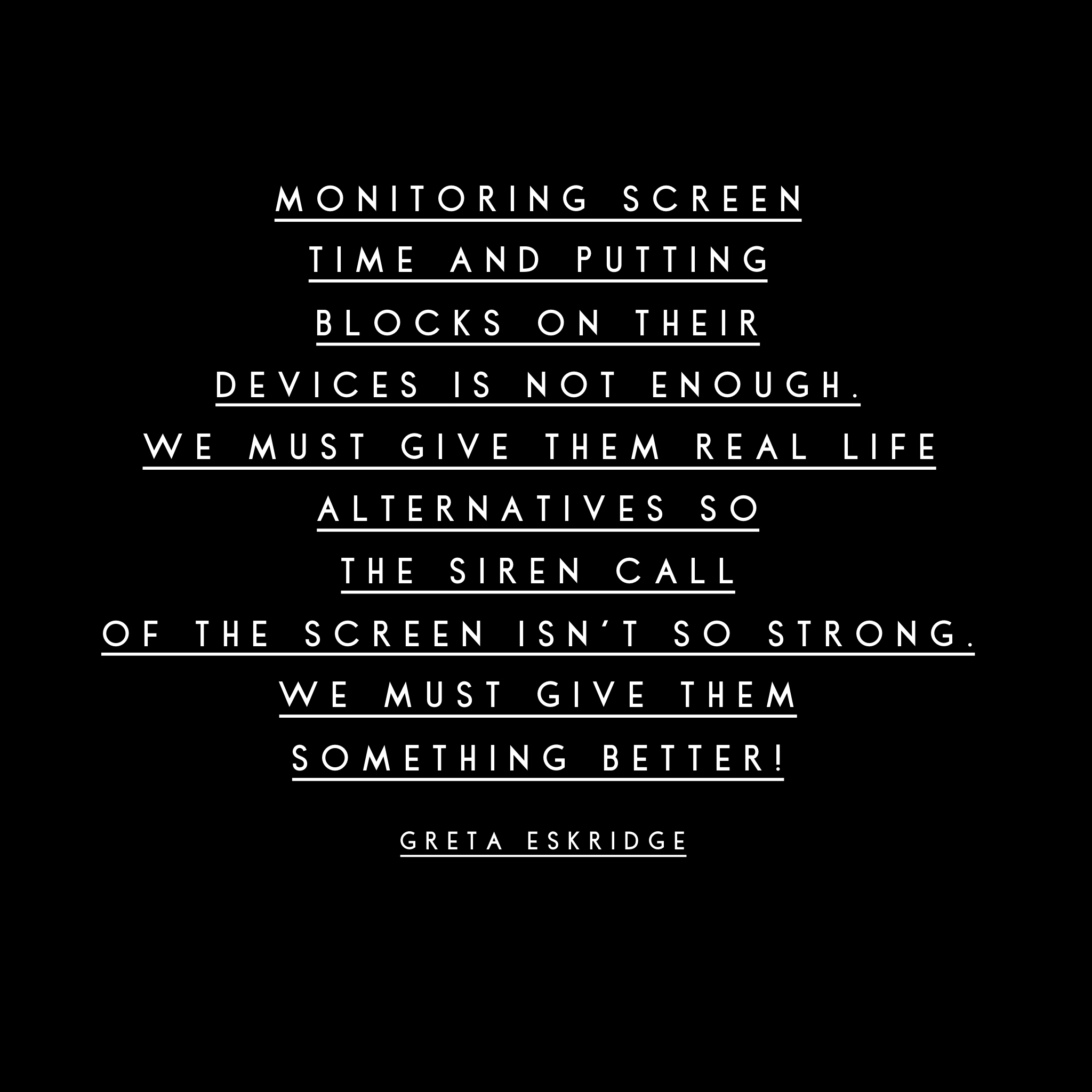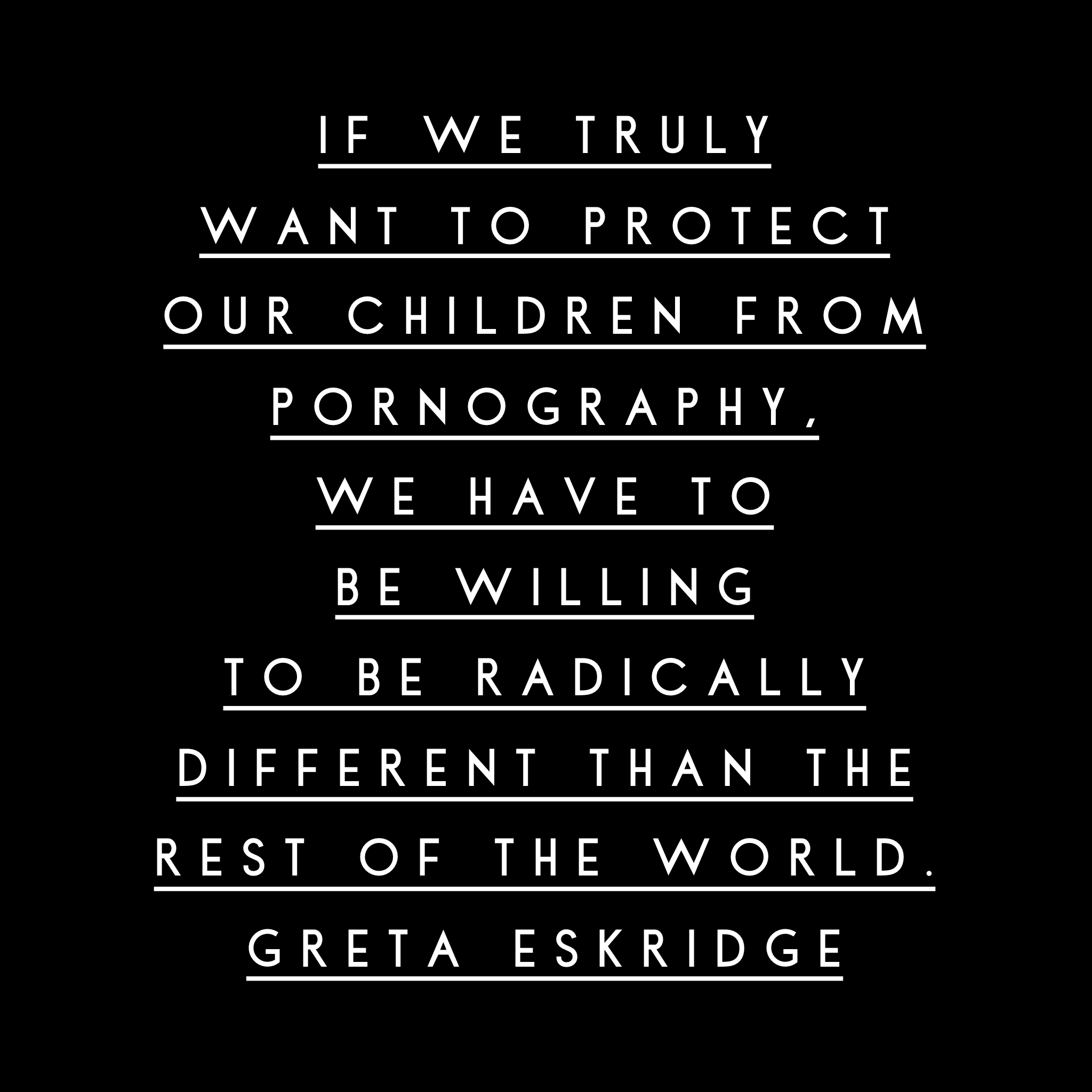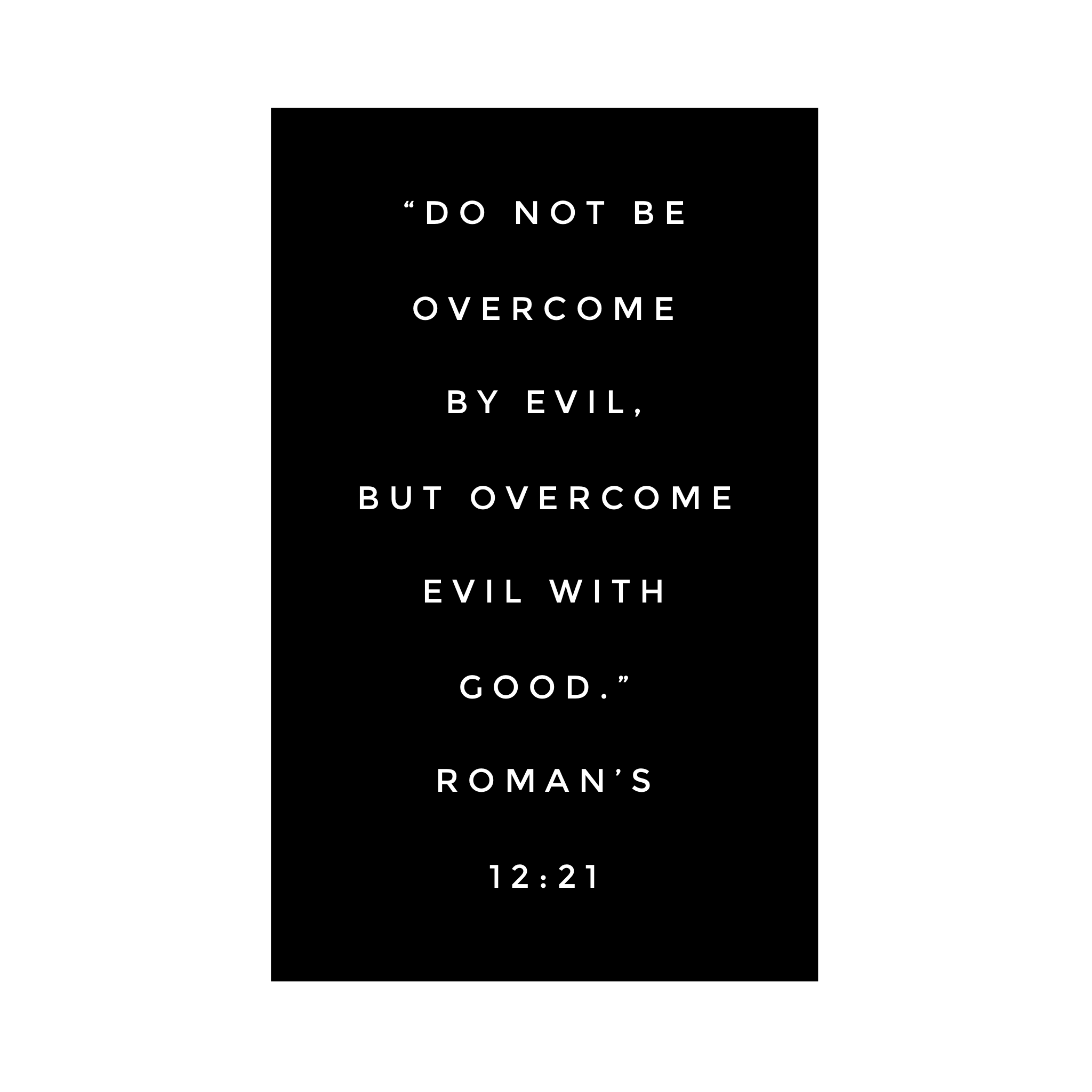Have you talked to your kids about soft porn?
Well, if your kids saw the Superbowl halftime show, you probably should.
I have to be honest, when a situation like this comes up I don’t like to chime in. I don’t like to take part in the discussion because I don’t want to give more attention to something that is worthy of no attention at all. So many of these situations are about shock value and getting everyone to talk about it. So the rebel in me wants to stand there with my arms crossed saying, “I know you are trying to manipulate me, and I refuse to be a part of your scheme. You’re not worthy of a conversation.”
But this time it’s a little different.
While the half time show was the spark that started the conversation, what it made me realize was that there was a lot more to say.
So I’m talking about it.
I’m not going to be talking about politics, female empowerment, whether or not the NFL needs family friendly entertainment, cultural representation, being in great shape at 50, or most of the other things I’m seeing talked about regarding this issue. Honestly, I think those things are a distraction from an even more important issue the half time show brought up. What I want to know is: how do we talk to our kids about soft porn? Or are we talking about it with them at all?
I didn’t watch the Superbowl this year. We never do. Football just isn’t our thing. But I have even less desire to watch the half time show. I’ve found the half time show to be inappropriate for a long time. But this year I did happen to catch a few minutes of it while I was out running errands. And I couldn’t believe what I was seeing. It was beyond inappropriate. It was soft porn. And there were people were sitting in a public place, in the light of day, with their children, just watching it.
When I got home from running errands, the game was over and I found the internet awash with lots and lots of comments about the halftime show. Based on what I was reading, I was convinced the rest of the show was even worse than the little bit I saw. I was so glad we had opted out of the half time show again.
Except that our 11 year old daughter, Lilly, had gone to some friends’ house for the afternoon and they watched the Superbowl. And when the half show came on, no one turned it off. Even when it got incredibly inappropriate, no one turned off. ‘Did you watch it, honey?’ I asked my daughter when she got home..
“Yes,” she said, with a look in her eyes that told me what she saw didn’t sit right in her heart.
Ugh.
Here I am, trying my hardest to protect my kids from porn, but I totally failed this one. Why hadn’t I thought to say before she left, “when the halftime show comes on, go do something else. It’s not going to be anything you need to watch.” But I didn’t. I forgot. In fact, I realized I hadn’t even talked to my kids about what to do when they see soft porn. Or what soft porn really is. And I especially hadn’t addressed how they handle it in a situation where everyone else is watching it and you seem to be the odd one out who doesn’t want to.
Clearly some conversations needed to happen with all of the kids. But since Lilly was the one who saw the show, I started with her. I asked her what she saw and what she thought about it. She said, “it was weird and gross Mom. I went into the bathroom and then I just looked away as much as I could.”
While I was sad that she watched something so wildly inappropriate for her 11 year old eyes (or my 43 year old eyes) the first things I wanted to make sure she knew was that I wasn’t upset with her.
Here is what I told her:
You are not in trouble. You aren’t responsible for other people making the wrong decision.
In situations like this, it’s important for my kids not to feel shame or anger from me. After all, I hadn’t prepared Lilly for what to do in this situation. And she had no way of knowing what to expect from the show, since she has zero experience with thong wearing pole dancers. I am not going to punish her for something largely outside her control. Instead, I will give her the tools to be able to handle it differently next time.
I am not disappointed in you. You felt in your spirit that this was wrong to watch and you handled it the best way you knew how. I am proud of you for doing that.
Lilly chose to be honest and tell me she watched the half time show. She could have easily lied to me about it, thus avoiding my potential disappointment and the numerous conversations she knew would follow. But she didn’t. I was grateful about that, because it opened the door for those important conversations instead of slamming it shut. When I told Lilly I wasn’t disappointed in her, her body immediately relaxed and she folded herself into my arms gratefully. Being a safe place for my kids to land in this difficult world is really important to me. It means they’ll come to me to talk about all the challenges they’re facing as they navigate growing up.
Women’s bodies (and men’s bodies) are beautiful, but they are not meant to be shared in that way with the whole world. God created the female (and male) body and it is absolutely beautiful. But the private parts of a woman’s, or a man’s, body are private. Showing them to the world is not right.
Before I talked to Lilly, I quickly watched the half time show on You Tube. Normally I wouldn’t bother to watch the whole thing. What I had seen was enough. But since she had seen it, I wanted to be prepared to answer questions, or discuss confusing or distressing things she saw. After watching, I wanted to make sure she knew that I wasn’t telling her the show was wrong because the female body is shameful. It isn’t. I have taught my kids from the beginning that their bodies are made in the image of God and they are magnificent. But I also wanted her to know that how we display our bodies matters. Whether we are female or male, flaunting our private parts for the world to see is not acceptable.
That was all I said that night. I didn’t want to belabor the conversation or overwhelm Lilly. There was more to cover, but I planned to discuss it the next morning, with all the kids. So we hugged and kissed, she went to bed, and I stayed up till 2 am, writing out a lot of my thoughts on what had happened.
The next morning as the 5 of us (Lilly, her 3 brothers, and I) sat around the table for our morning devotions, I brought the conversation back up. Here’s how it began:
Me: “So we need to talk a little bit more about the half time show Lilly saw last night.”
James and William: “But we didn’t even see it!” (See? My kids are not always down for these honest conversations I love to have with them.)
Me: “Whether you saw it or not, there are things we need to discuss. You know who you’re dealing with, right? The talk about everything mom.”
Here’s what we talked about:
Lilly did the best she could in the situation she was in last night. But if something like this happens again, to any of you, what else can you do? You can leave the room and go to the bathroom. Or go the kitchen and hang out by the food. You can tell your friend you want to do something else. You can tell your friend’s mom that you don’t feel good and want to call your parents. You can come home.
I want my kids to know they don’t have to stay anywhere and watch anything that makes them feel uncomfortable. Even if everyone else is watching and they all seem OK with it. even if grownups are. Listening to the check in their own spirit is the most important thing. I will always support them on that.
There are different levels of porn, and that half time show was something called soft porn. Soft porn is an image or video--or half time show--that is highly sexual in nature. People will be wearing little to no clothing, behaving or posing or dancing sexually or suggestively, women will most likely be objectified, and it might even seem like they are objectifying themselves. Seeing soft porn will probably make you feel uncomfortable. It might also make you curious. That’s one of the reasons why soft porn is so dangerous. It gets the viewer wondering and maybe even wanting to see more. The more you see soft porn the easier it is for you to become desensitized to it, until it doesn’t seem wrong and doesn’t make you uncomfortable.Then you begin to want to see something more sexual, and your appetite for porn has begun. Soft porn is the gateway drug to more destructive kinds of pornography.
I don’t share these kinds of things with my kids to freak them out. But I do believe in being honest with them. Because they are growing up in a world where hardcore, dangerous pornography is just a click away. And while the half time show that my daughter (and many other children younger than her saw ) wasn’t hard core porn, there were themes of bondage, dancing that’s usually reserved for strip clubs, full crotch shots with only a tiny strip of fabric to keep it from being full nudity, and so much more. Calling it “just dancing” is actually harmful to our kids because it’s not honest.
We have to help our kids learn to be discerning consumers of media. And that means helping them recognize the way that porn, of the soft or hardcore variety, is seeping into our everyday world. Pole dancing, and sexual bondage should not be shown on prime time television for all ages to see. And yet, there it was. If we don’t talk to our kids about what they’re seeing, reading, listening to and playing (I’m looking at you video games with objectified and hyper sexualized women), then we’re leaving them to begin thinking this kind of behavior and imagery is normal and acceptable.
One way we can help our protect our kids from the damaging effects of soft porn is by helping them be aware of where they might encounter it. As part of our discussion, my kids and I brainstormed a list of places where they might see soft porn. Here is our list:
Video games, anime comic books, anime drawing books, anime cartoons, music videos, movies, magazines, comic books, commercials—especially during sporting events, music lyrics, television shows, romance novels or erotic books. and catalogues.
Clearly, soft porn is all over the place. Helping my kids be wise to the ways that media and entertainment are manipulating them by objectifying women and hyper sexualize practically everything, means they will be better able to discern the good from the bad, the truth from the lies. We know advertisers and entertainment producers want us to consume their product. And they know that sex sells. When we teach our kids this concept, it helps them make better choices about what they are consuming.
As much as we don’t like to think of it, the porn industry is part of the entertainment industry. They want nothing more than to get your kids hooked on porn. And if they can lure the in with soft porn, they will. I want my kids to know these facts, not to scare them, but to empower them!
After we talked through these things, I reiterated wasn’t upset with Lilly for what happened. I told them the situation made me realize there were things I hadn’t talked about with them. I guess there is always more to talk about! I assure you they were really thrilled about this. There were absolutely no sighs, eye rolling, or anyone saying, “ohhh grrreeeaaattt.” Or maybe just a little.
As much as I wish Lilly hadn’t seen that halftime show, I know both she and her brothers will be better equipped for the next time they’re in a similar situation. Because the reality is, it will happen again. Oh it won’t be exactly the same, but soft porn exists in enough places that they’ll come across it somewhere else. And the best thing I can do for my kids is to give them the tools to recognize the darkness and then to turn from it.
“Our responsibility to them is not to pretend that if we don't look, evil will go away, but to give them weapons against it.” Madeleine L’Engle.
Fighting the fight for your kids and mine,
Greta
#gretafightsporn










